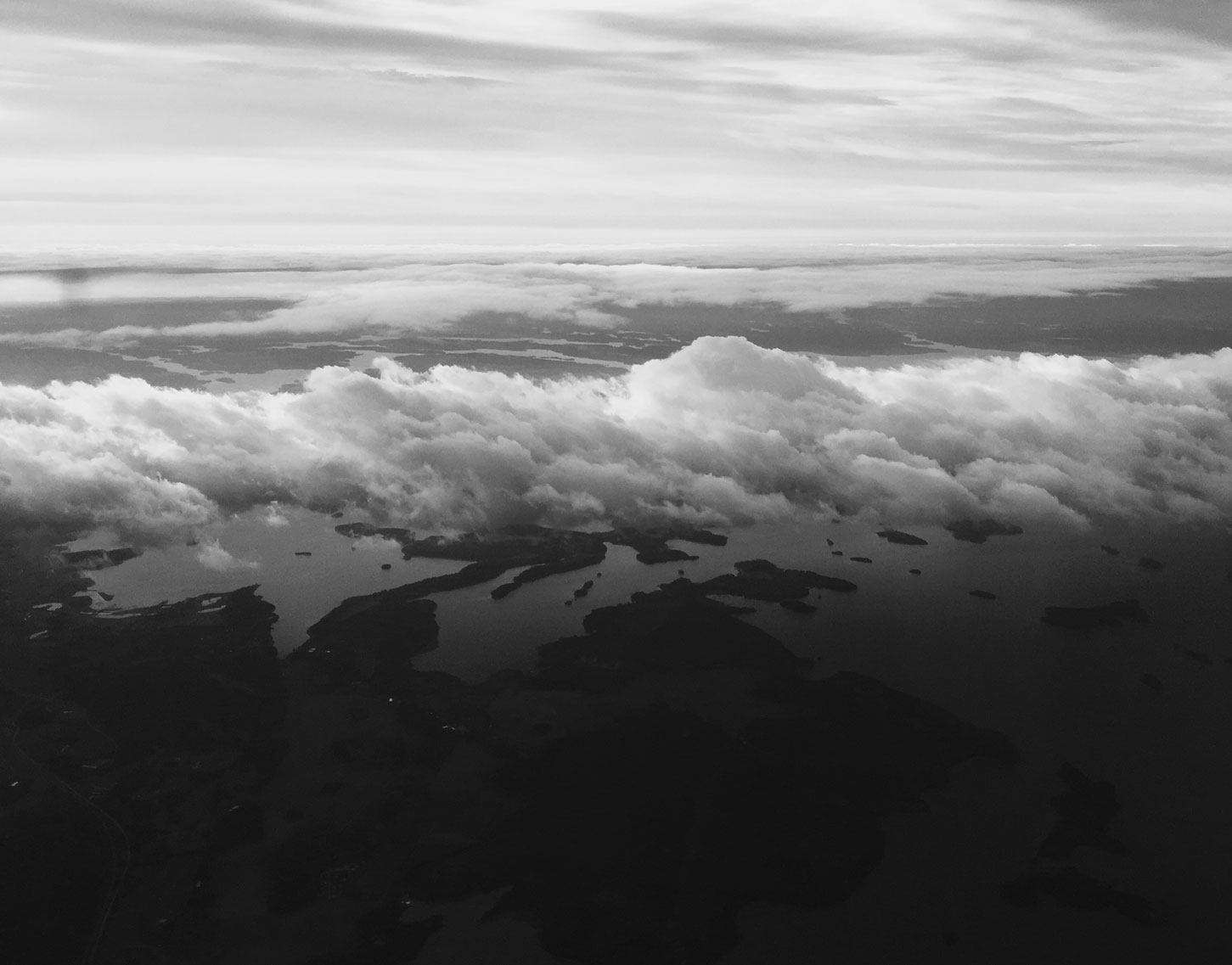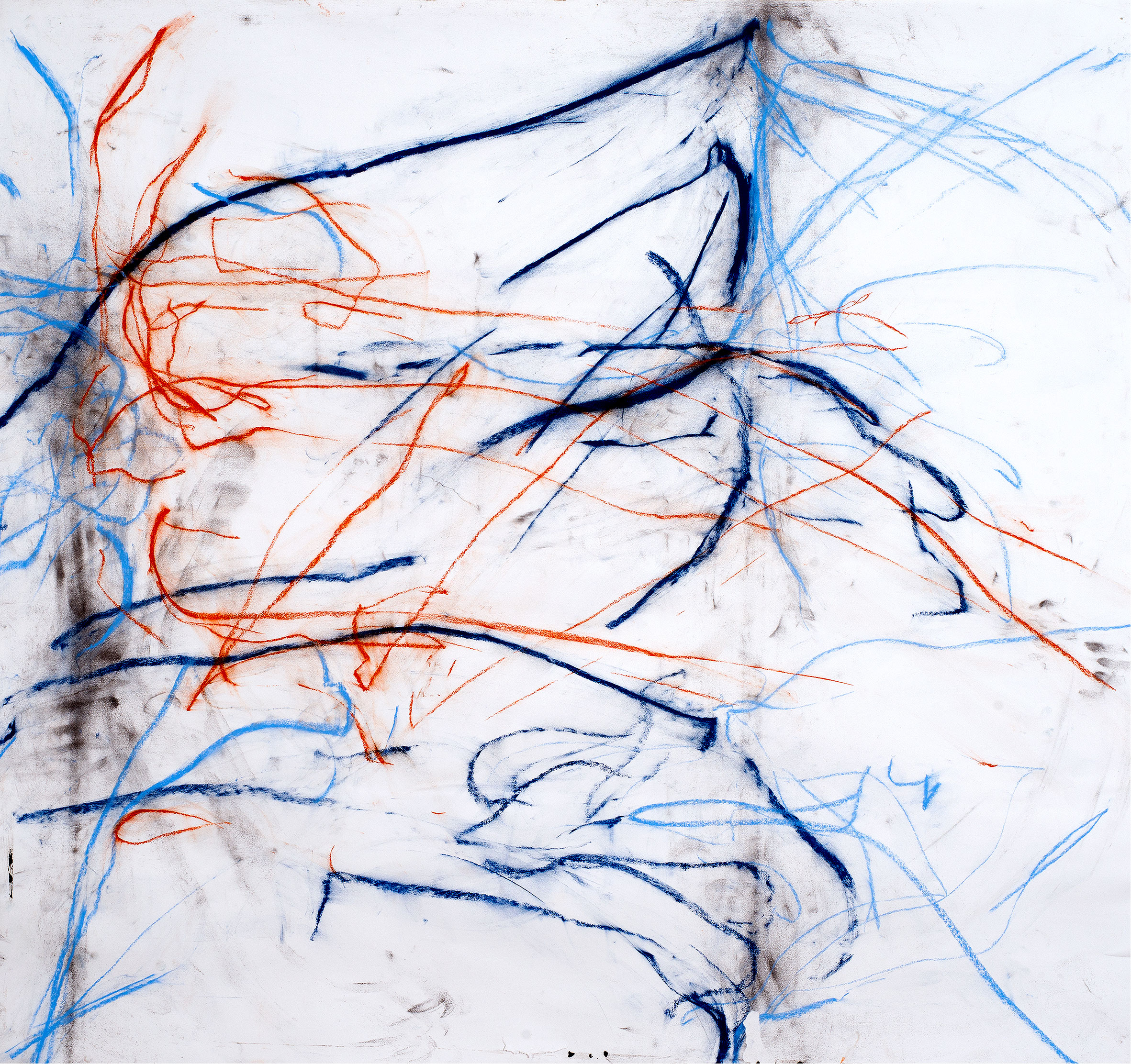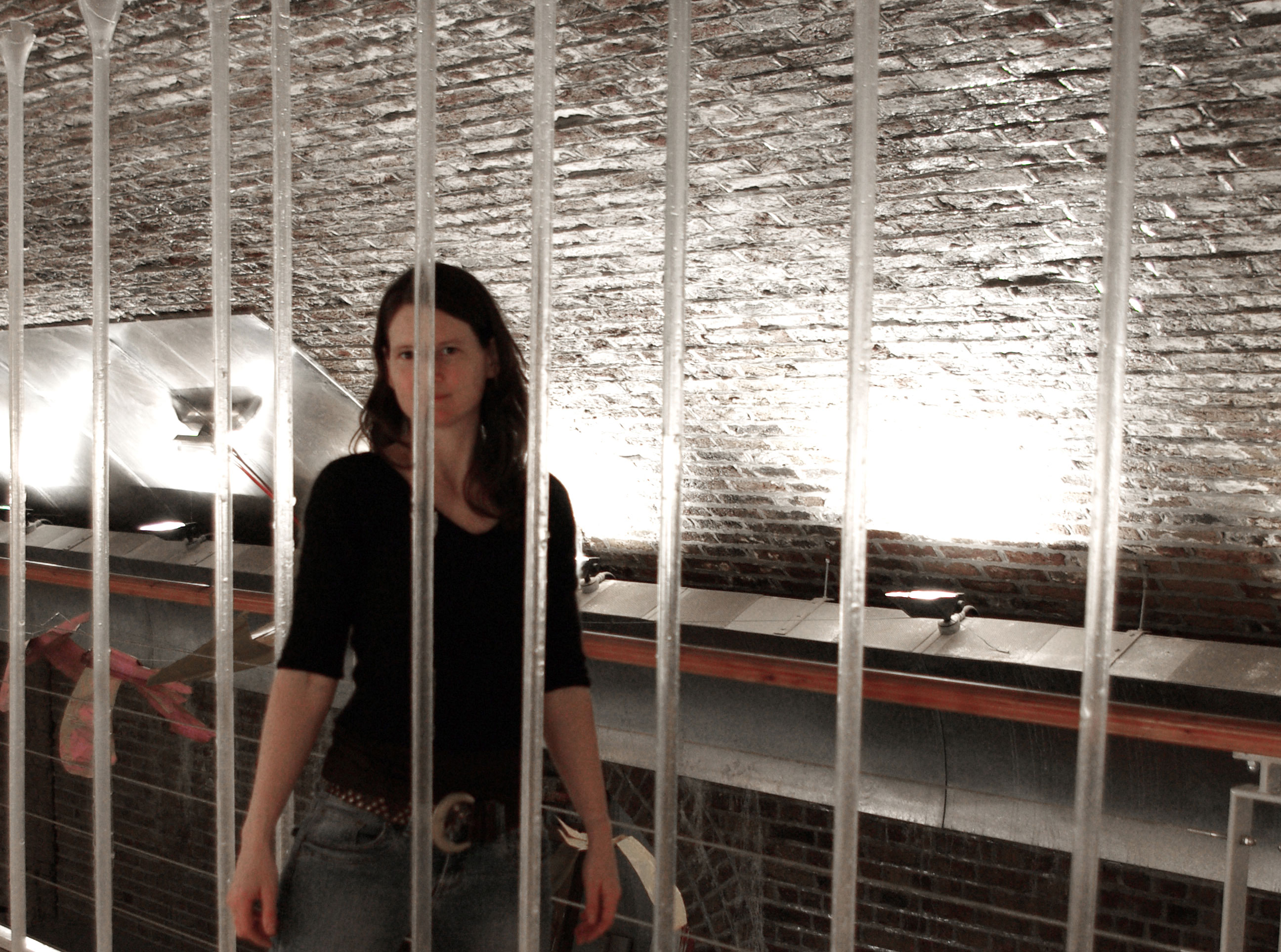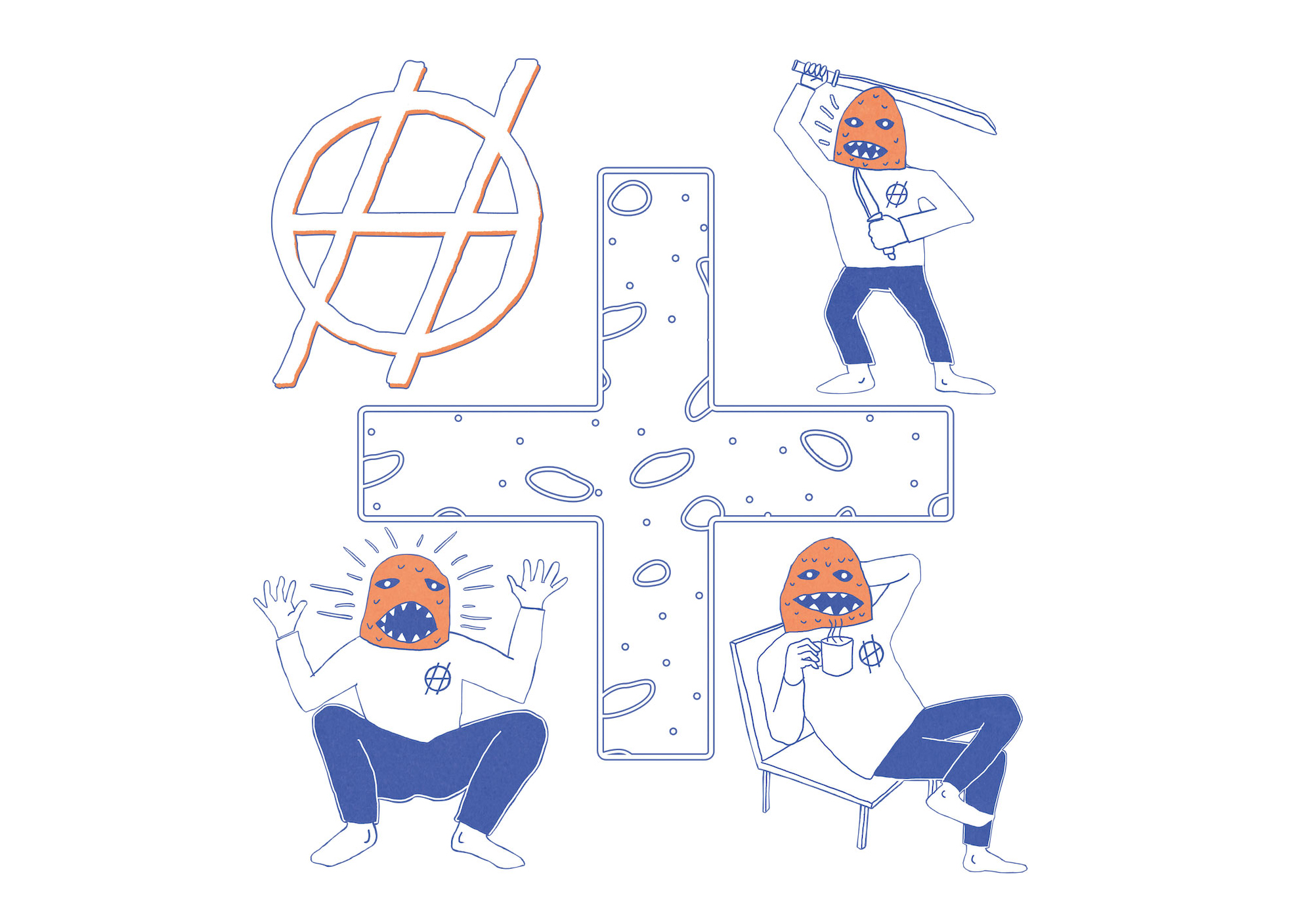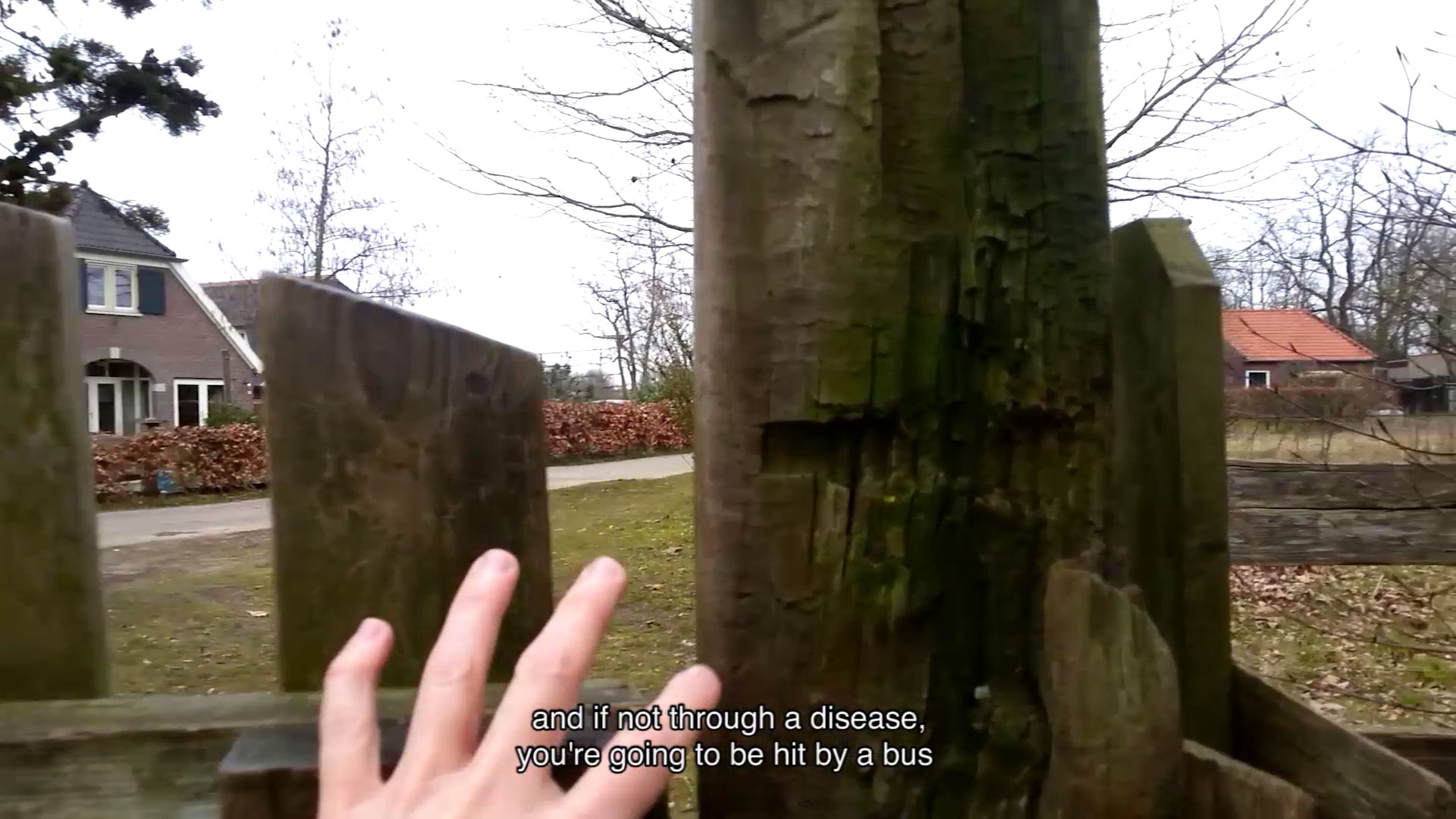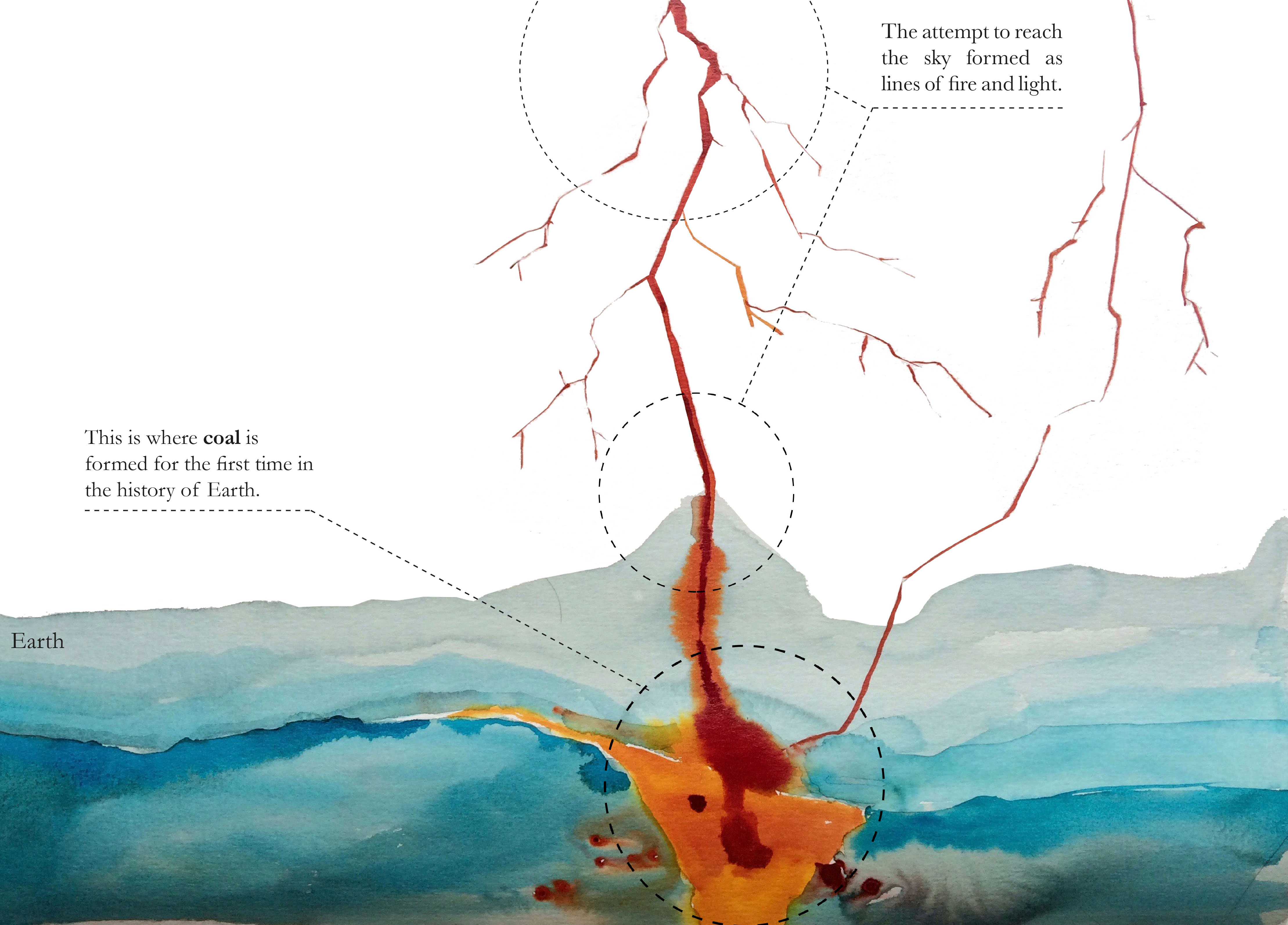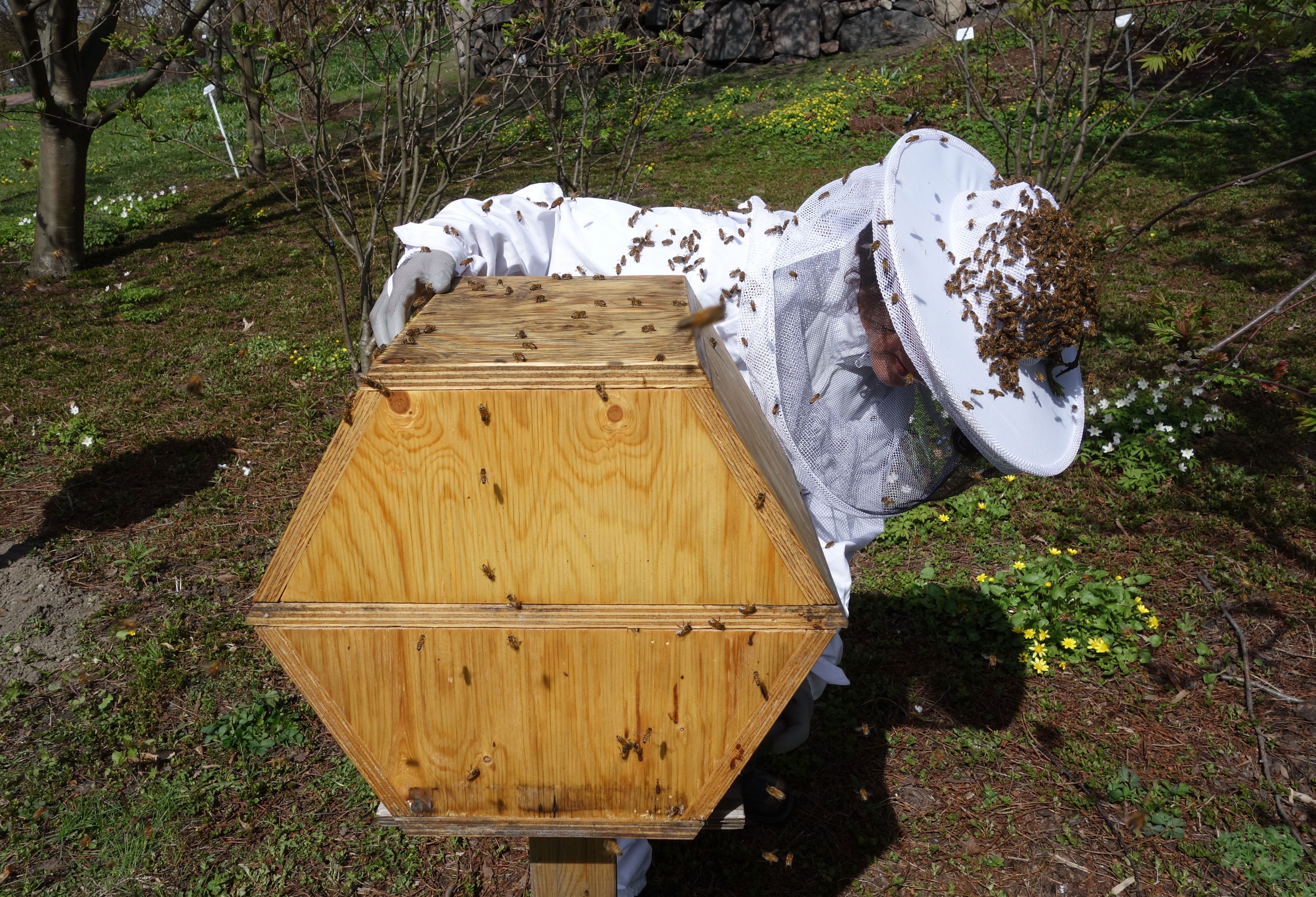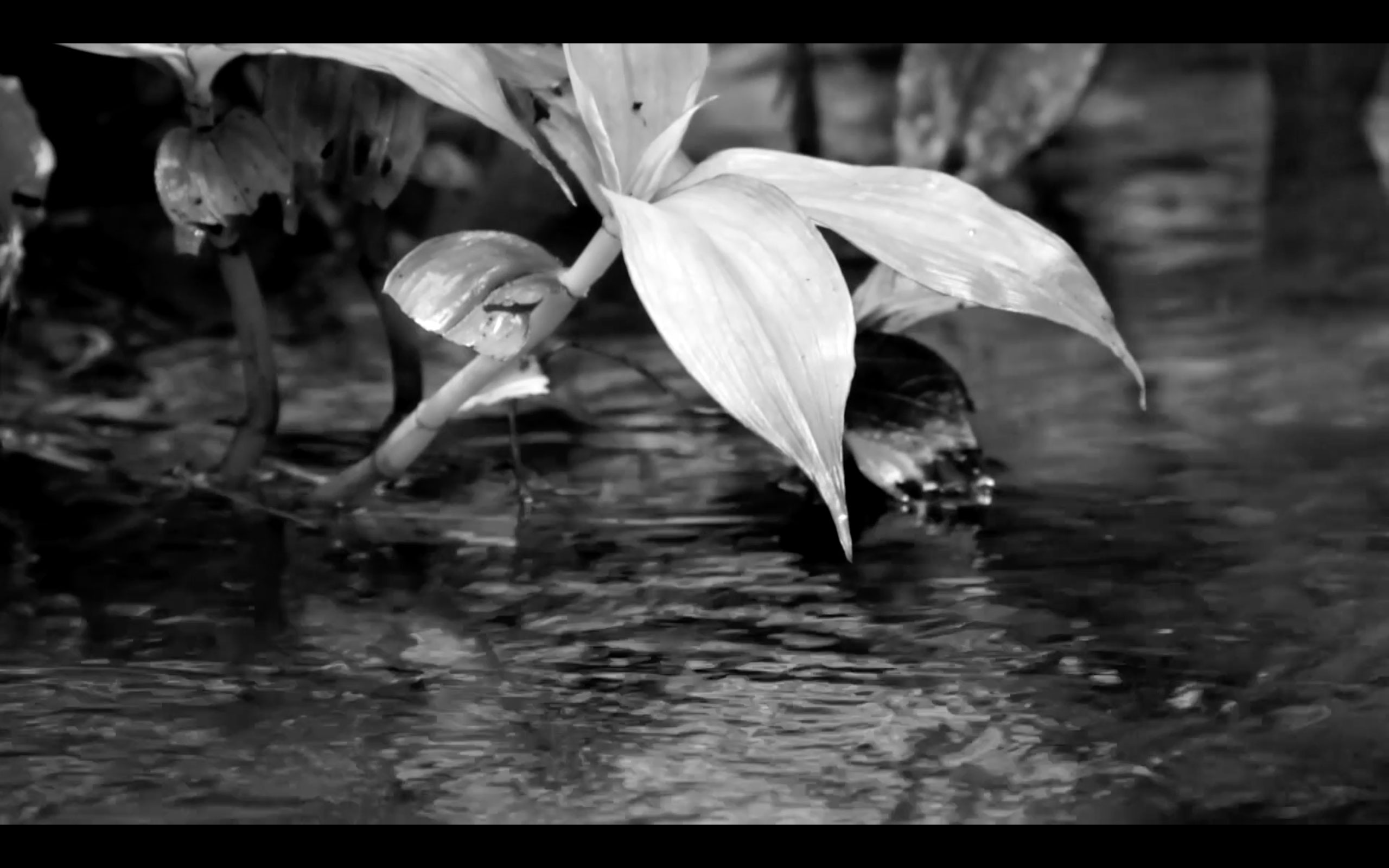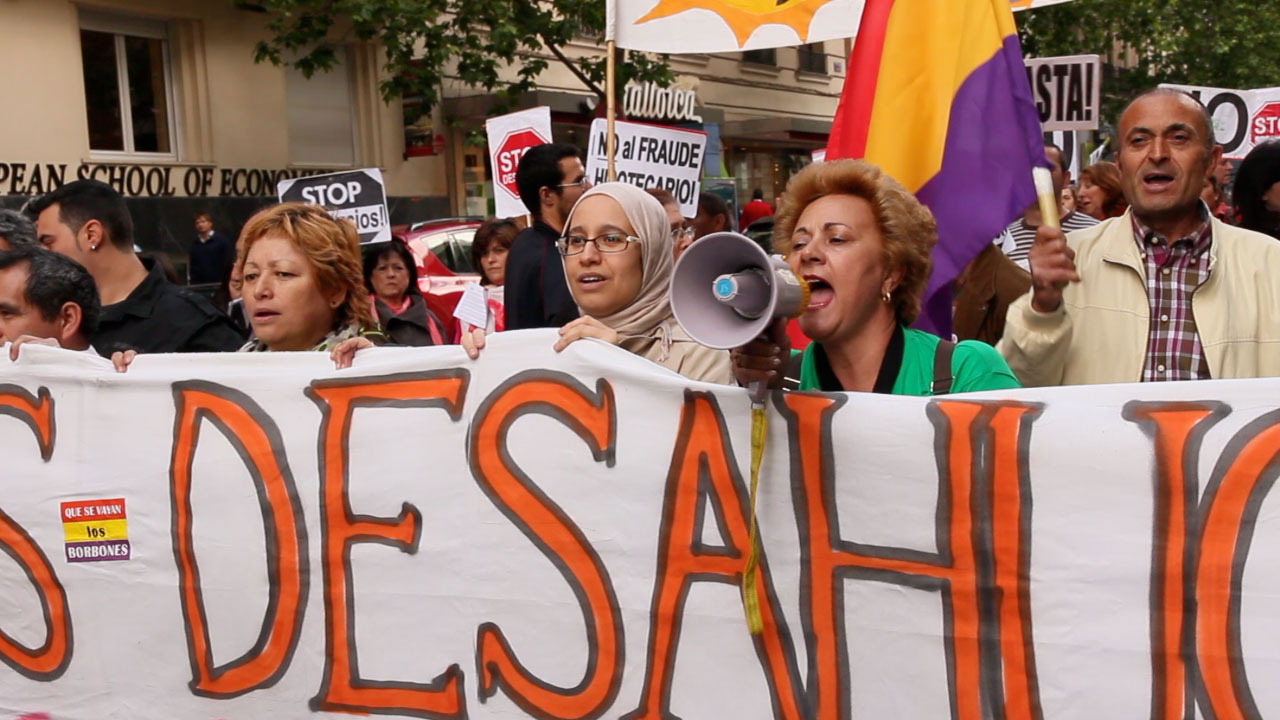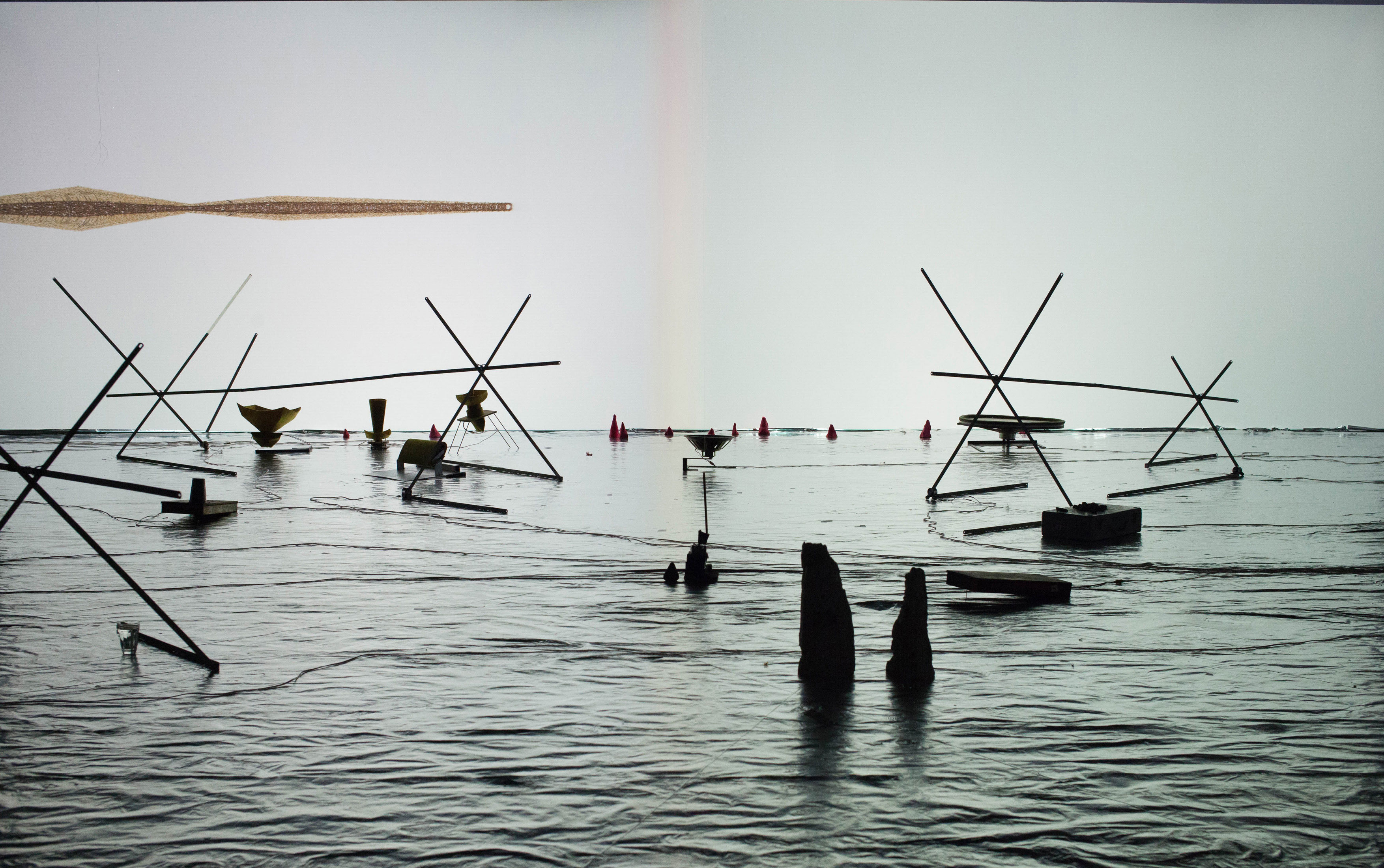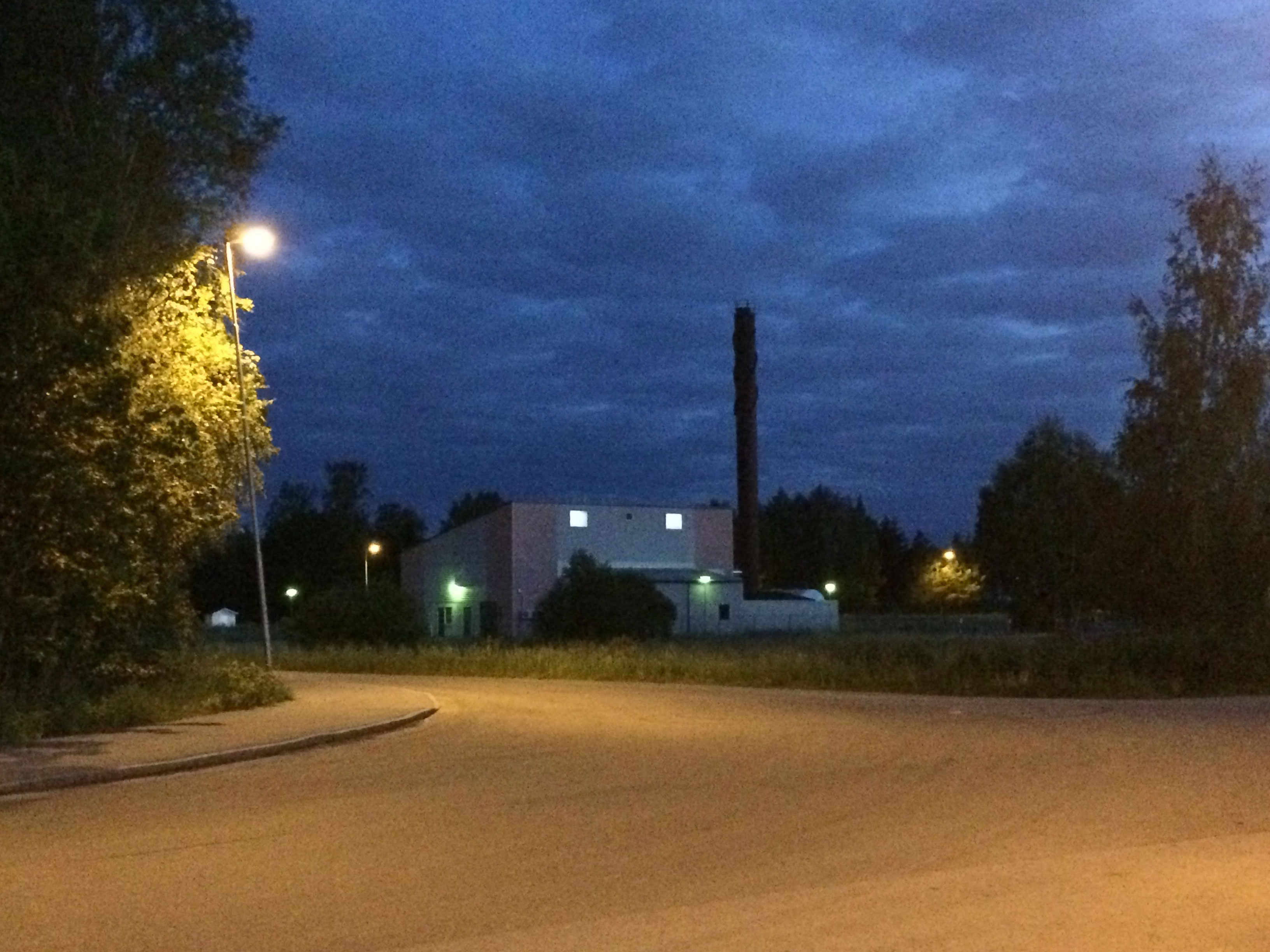Risk – and associated topics such as vulnerability, unguardedness, precariousness, failure and uncanniness – are frequently raised as concerns within artistic research arenas. VIS # 1 – Risk in Artistic Research – jeopardy or validation? moves through more artistically-stylised accounts of ‘danger’ towards the more hopeful linkage of risk with discovery and the reconfiguring of the imagination.
VIS #1 - THEME: RISK
ART, RESEARCH AND RISK
The relationship between art and risk is both complex and important. At the extreme, it could be argued that an art that is devoid of risk can never be more than trivially decorative. There is risk in any speculative act and, to have meaning for us, art must speculate, must take steps whose consequences cannot be fully determined beforehand – and must accept the possibility of failure.
Research is also a speculative activity, always seeking to push further the boundaries of certainty. However, the apparatus of research method is largely concerned with mitigating the risk surrounding speculation – or, at least, with circumscribing a precisely defined area in which risk may occur, eliminating all the other possible variables that might contaminate the research results.
What, then, of artistic research? Should it be risk-taking in its art and cautious in its research? Should it seek for some middle ground between daring and prudence? Or should we be seeking methodologies for artistic research which are more accepting of risk than their scientific counterparts – and might doing so bring its own risks of delegitimising in the eyes of some the outcomes of artistic research?
This last dimension should not be minimised; indeed, art more generally faces a dilemma when weighing up the risks of risk-taking in a financially insecure and often culturally hostile environment. A 2014 symposium of ‘Art and Risk’ held in the UK and organised jointly by Opera North and the University of Leeds sought to challenge the belief ‘that economic austerity has inhibited risk-taking in the arts, creating a culture of conservatism and “playing it safe”’. Among its conclusions was the suggestions that, while there are numerous ways of approaching risk, ‘there might be a certain art to it, a way of doing risk well. In difficult economic and political times, many participants agreed that having conversations about precisely that, the art of risk, might be one way of helping us to conceive of more exciting futures, with a confident arts sector helping society to ask questions of itself, questions that do not get asked when we simply settle for the status quo’.(1)
All of which suggests that, in selecting Risk as the focus for its Issue No. 1, VIS is tapping into a subject area that is not only significant but also topical. Moreover, the response to its call for contributions has yielded expositions in which the art and the research not only embody risk but actually foreground it as the primary focus of their attention. Harnessing risk as the springboard to artistic action implies precisely the search for ‘a way of doing risk well’. The expositions assembled for this issue are very diverse but each shares this impulse and manifests its own vision of the forms that might be taken by an artful risk-taking.
The order of the expositions within Issue 1 traces a thematic arc. It begins with examples where elements of personal, physical risking-taking act as a catalyst for art-making; it then moves towards how personal risk-taking may engender acts that expose environmental hazards and problems in exile and migration; finally, it moves through artistically-stylised accounts towards the more hopeful linkage of risk with discovery and the reconfiguring of the imagination. We hope that these expositions will stimulate further debate about how art and research can mutually profit from the embracing of risk as a catalyst for innovation and originality.
(1) Matthew Boswell in https://www.artsprofessional.co.uk/magazine/276/article/art-risk
